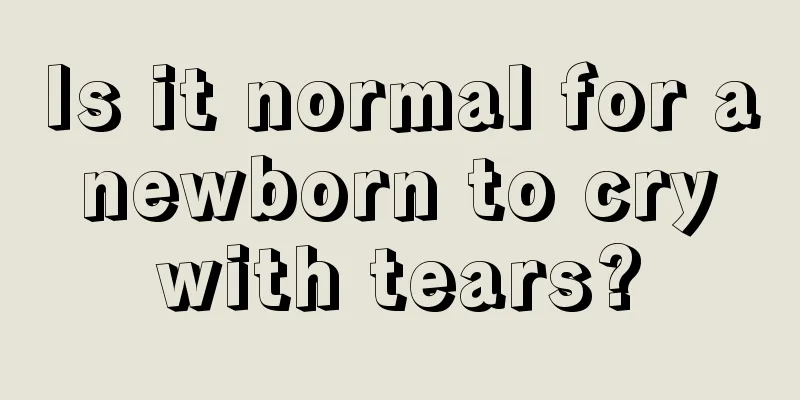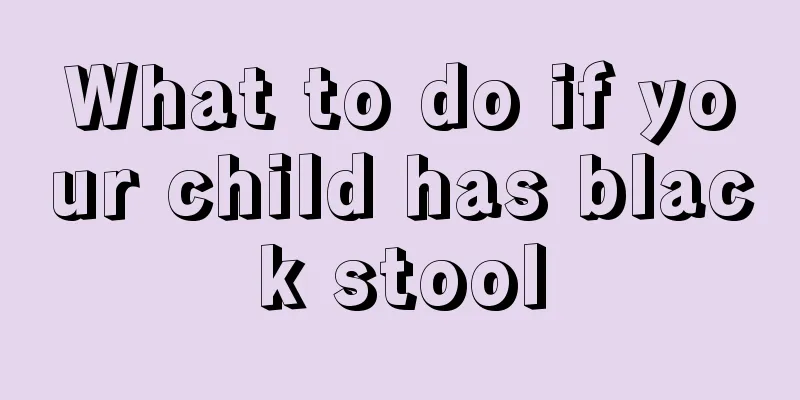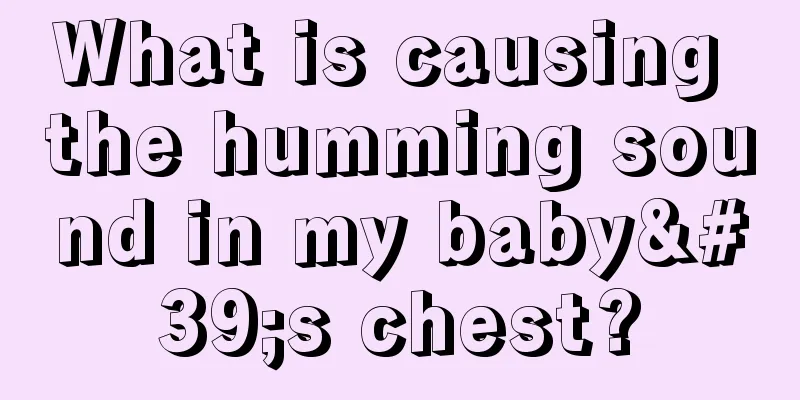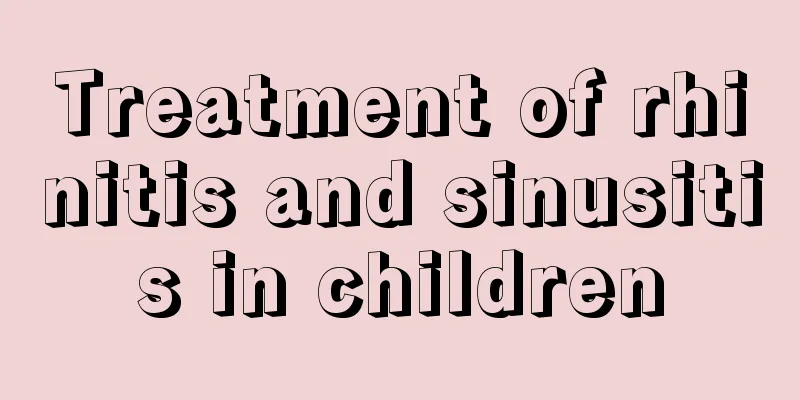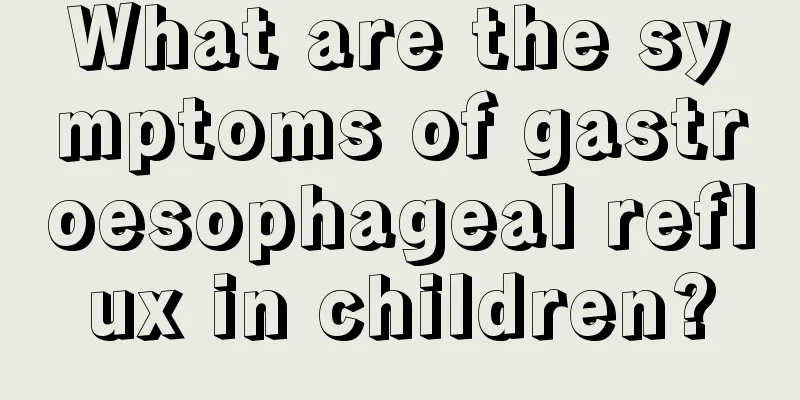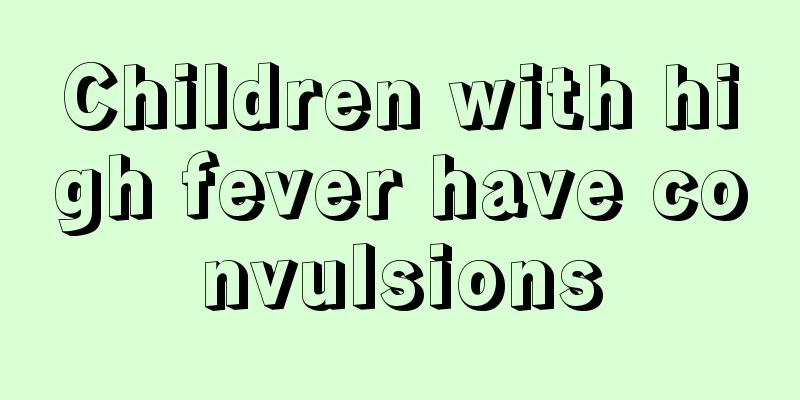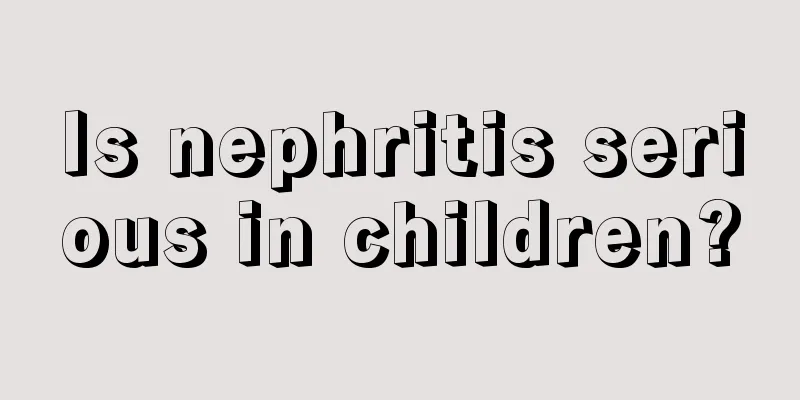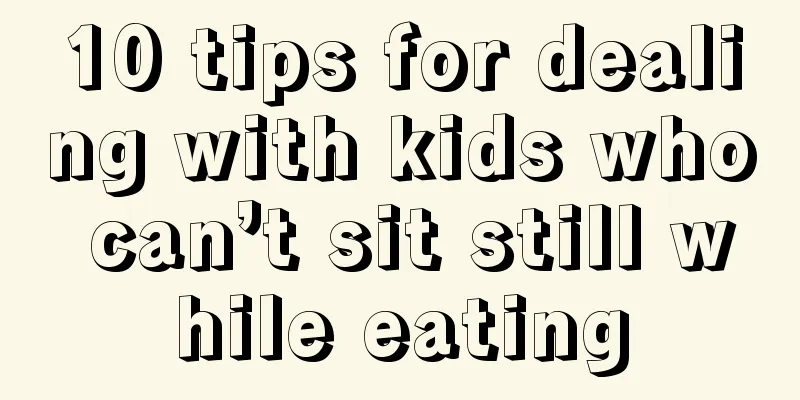What are the symptoms of high fever convulsions in children?
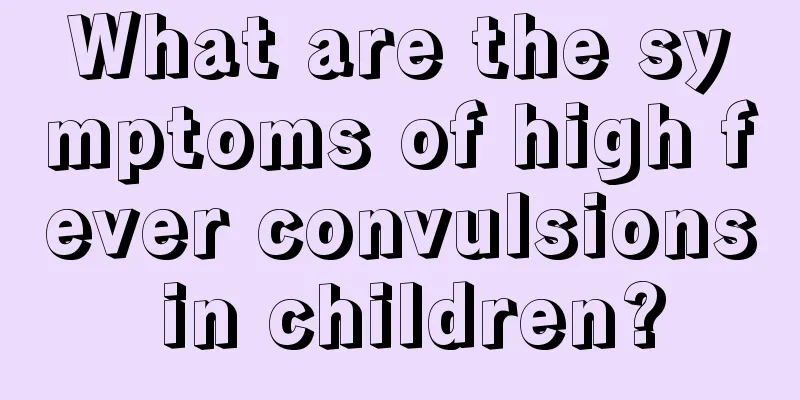
|
Children's resistance is relatively poor, so they are particularly prone to some diseases, especially after catching a cold, the condition is more serious, and may even lead to some complications. So as parents, we should pay special attention to the children's condition in this regard. Once a cold occurs, they should be treated in time, otherwise they are likely to have a high fever due to the cold. Although this situation is relatively common, some children have convulsions after a high fever. Febrile convulsions are a type of convulsion associated with fever (body temperature as high as 39°C or above), accompanied by symptoms of infection in other parts of the body other than the brain. It is common in children aged 6 months to 5 years. Although the symptoms of a seizure can be frightening, they are usually not serious. When a child has a fever, the metabolism, oxygen consumption and blood flow of nerve cells will change, and the child's central nervous system will be in a state of over-excitement. This "excitement" will affect the child's immature brain tissue - the "thalamus", causing it to produce strong discharges and transmit to other parts of the brain. At this time, we will see the child have a convulsion. Febrile convulsions have obvious familial genetic characteristics, which makes children prone to convulsions. This genetic trait causes convulsions under the influence of special infection environment, physiological processes, and imperfect development of the child's nervous system. The cause of febrile seizures is not fully understood. Studies have found that this disease is clearly hereditary and may be inherited as an autosomal dominant trait with age-related incomplete penetrance and expressivity. According to the age characteristics of onset, it is estimated that the manifestation of this disease begins to appear at around 6 months, is most obvious at 1.5 to 2 years old, and then gradually decreases, reaching the lowest point after 4 years old. The genetically determined tendency to convulsions is expressed at a certain age when induced by fever caused by infection, etc., resulting in clinical febrile convulsions. Traditional Chinese medicine believes that this disease is caused by external pathogens and internally by timidity and liver heat. It is common in children between 6 months and 4 years old. Convulsions usually occur in the early stage of fever and are short-lived. It is rare for multiple seizures to occur consecutively in one febrile illness. They often occur within 12 hours of fever. Consciousness recovers quickly after the seizure, and there are no positive neurological signs. The EEG returns to normal one week after the fever subsides. This is a simple febrile seizure with a good prognosis. The onset age of complex febrile seizures is uncertain, and they often occur before 6 months or after 6 years of age. They are initially high fever convulsions. After several seizures, convulsions may also occur with low fever or even without fever. Sometimes they occur repeatedly, with each convulsion lasting longer, more than 15 minutes. The EEG is still abnormal 2 weeks after the seizure, with a poor prognosis. The possibility of turning into epilepsy is 15% to 30%. There is a certain degree of family inheritance in convulsions after a high fever, and the most common reason is that it has a lot to do with the age of the child. The younger the children, the more likely they are to have this condition. However, the specific causes of high fever convulsions are not so well understood. So if parents want to avoid this situation, they must prevent their children from catching a cold and having a high fever. |
<<: Can garlic cure a child's cough?
>>: What is the treatment for febrile seizures in children?
Recommend
This is the best way to ventilate a child's stuffy nose
Colds, nasal mucus, etc. are common causes of nas...
What are the early signs of autism in children?
Many hospitals have recently reported that an inc...
What are the types of cervical tuberculosis in children?
Cervical lymphadenopathy is a very scary disease,...
What to do if your child knocks out a tooth
Children are always the most naughty ones, and it...
Can you touch a newborn's head?
The skin of a newborn baby is relatively delicate...
What to do if children have uneven teeth
Children's tooth replacement is a stage that ...
How many months does a newborn need to add complementary food?
The birth of a new life brings joy to the family,...
What is the difference between whooping cough and other coughs?
The symptoms of whooping cough are becoming more ...
What causes a child's hoarse voice?
Many parents often find that their children have ...
What should I do if my four-year-old child has a fever and diarrhea?
Children are young and have poor physical fitness...
Is 357 a low-grade fever for children?
The thing that parents worry about most is when t...
Anti-inflammatory drugs for 2 years old
Two-year-old babies have relatively low resistanc...
What causes hearing loss in children? Causes of hearing loss in children
Children's hearing loss may be related to oti...
Treatment of stomach flu in infants
Gastrointestinal infection in infants is a relati...
What should I do if my baby has chest tightness and sweating when sleeping at night?
For parents, what they hope most is that their ba...

